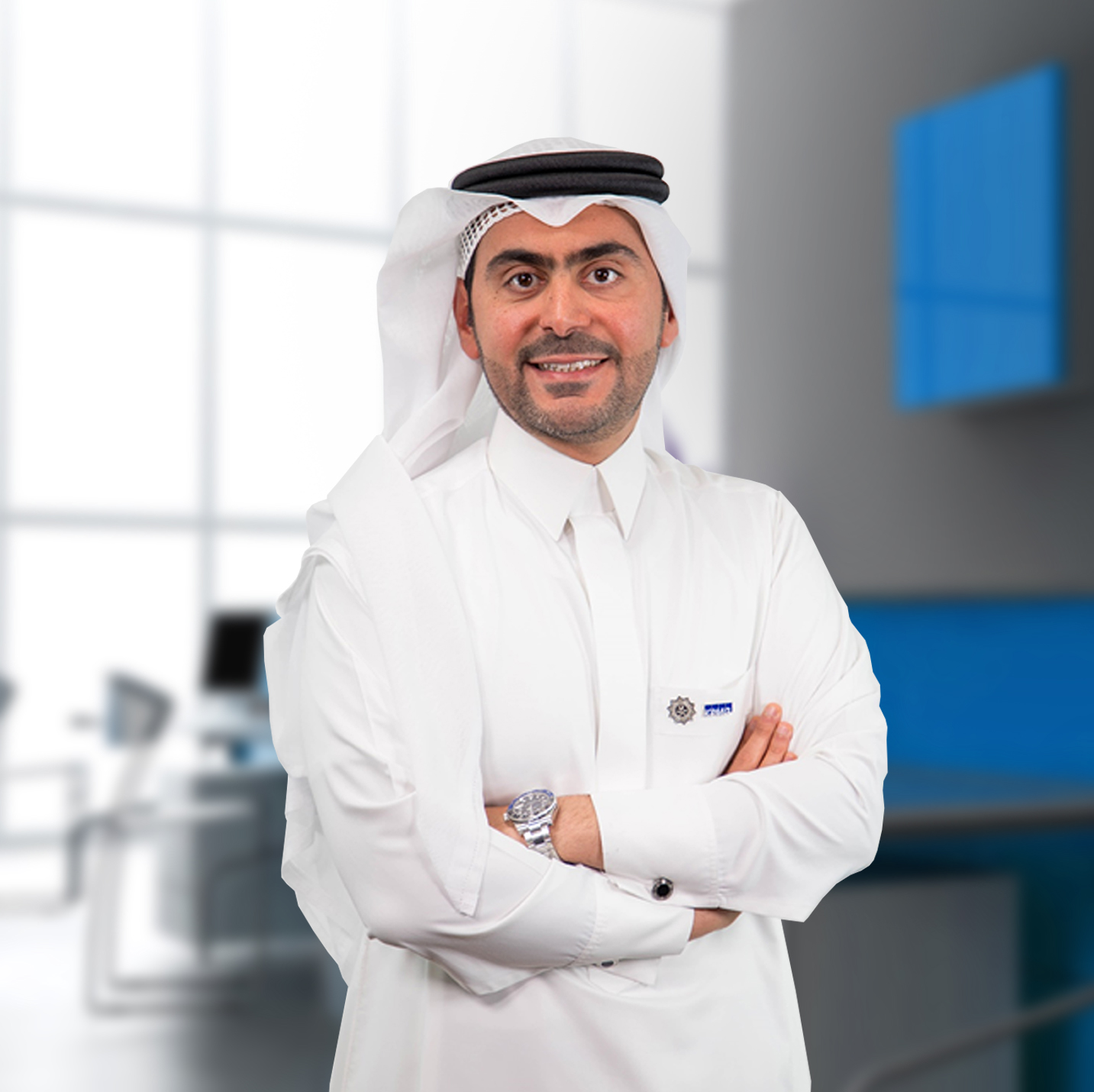KPMG’s new report, the Future of Insurance, presents macro trends that are shaping the insurance industry, along with a review of the financial performance of the Saudi companies. The publication also highlights outcomes of the most recent KPMG 2021 CEO Outlook Global Pulse Survey, where 50 CEOs of insurance companies across nine key global markets were interviewed.
“Insurers have historically lagged other sectors in their digitization efforts – the pandemic seemed to have brought fundamental change to that. We believe that investing in capabilities to jump on the digitalization bandwagon will pay long-term dividends for the insurance industry,” commented Khalil Al Sedais, Office Managing Partner – Riyadh at KPMG in Saudi Arabia.
Among the predictions for the future of insurance industry, the report notes customer centricity and technology to be key focus areas for investment for insurance CEOs. 66% of insurers are planning to invest in customer-centric technologies, whereas 60% in data security measures, 56% in digital communications and 40% in e-commerce or sales platforms. 76% of CEOs will build on the use of digital collaboration and communications tools, next-generation operating model with digitized operations.
On the regulatory side, companies are expected to enhance their resilience to business risks and remain compliant with evolving requirements in protecting policyholders and shareholders’ interest.
The report includes a detailed financial performance review for the year ended 31 December 2020 as well as a high level industry performance of the industry in the first quarter of 2021. The insurance industry in Saudi Arabia produced some of its best results during 2020 whereby the top line – Gross Written Premiums (GWP) grew by 3.0% when compared to 2019 and net profit after Zakat and income tax over the twelve months ending 31 December 2020 were 48.3% higher when compared to same period in 2019.
The Kingdom’s insurance industry’s cumulative net profit after Zakat and tax achieved the highest ever amount of SAR 1.5 billion ($400 million) – a growth of SAR 474 million ($126.3 million) compared to 2019. This represents annualized return on equity of 7.9% in 2020 against 6.1% over the same period in 2019. Total assets reached SAR 65.42 billion ($17.4 billion) at the end of the year against SAR 59.61 billion ($15.8 billion) at the end of 2019.
The first quarter of 2021 has also yielded an increase of 29% in net income after Zakat and income tax when compared to similar period in 2020 while total assets of the insurance industry have also grown by 7% (SAR 4.5 billion) since 31 December 2020. The loss ratio concluded at 83% during Q1 2021 as compared to 80% in Q1 2020.
Health insurance continued to be the largest segment, representing about 59.1% of total insurance premiums during 2020. The segment’s average loss ratio improved by almost 2% when compared with 2019. Simultaneously, in the motor segment incurred claims were significantly lower in 2020 due to a period of lockdown but this was offset by the two-month extension on motor policies resulting in a broadly neutral or favorable underwriting results compared to 2019.
Insurance leaders feel more confident over the next three-year horizon, with prospects in investments in digital technology to improve the customer experience and value proposition, as well as disruptive technologies to transform operating models. Industry consolidation is to be expected – 62% of insurance CEOs have an appetite for M&A to increase market share.
“Through our discussions with industry leaders, we concluded that insurers need to maintain sufficient liquidity and solvency to continue managing cost pressures. Those who would be able to pull the right levers across liquidity, capital and cost will gain market share. Solvency ratios are expected to impact as more volatilities are expected during 2021,” commented Ovais Shahab, Head of Financial Services at KPMG in Saudi Arabia.
“The liquidity focus will evolve with more detailed cash management strategies, removing barriers to trapped cash and capital. There will be an increased use of scenario planning and analyses to gain real- time understanding,” Shahab concluded.

